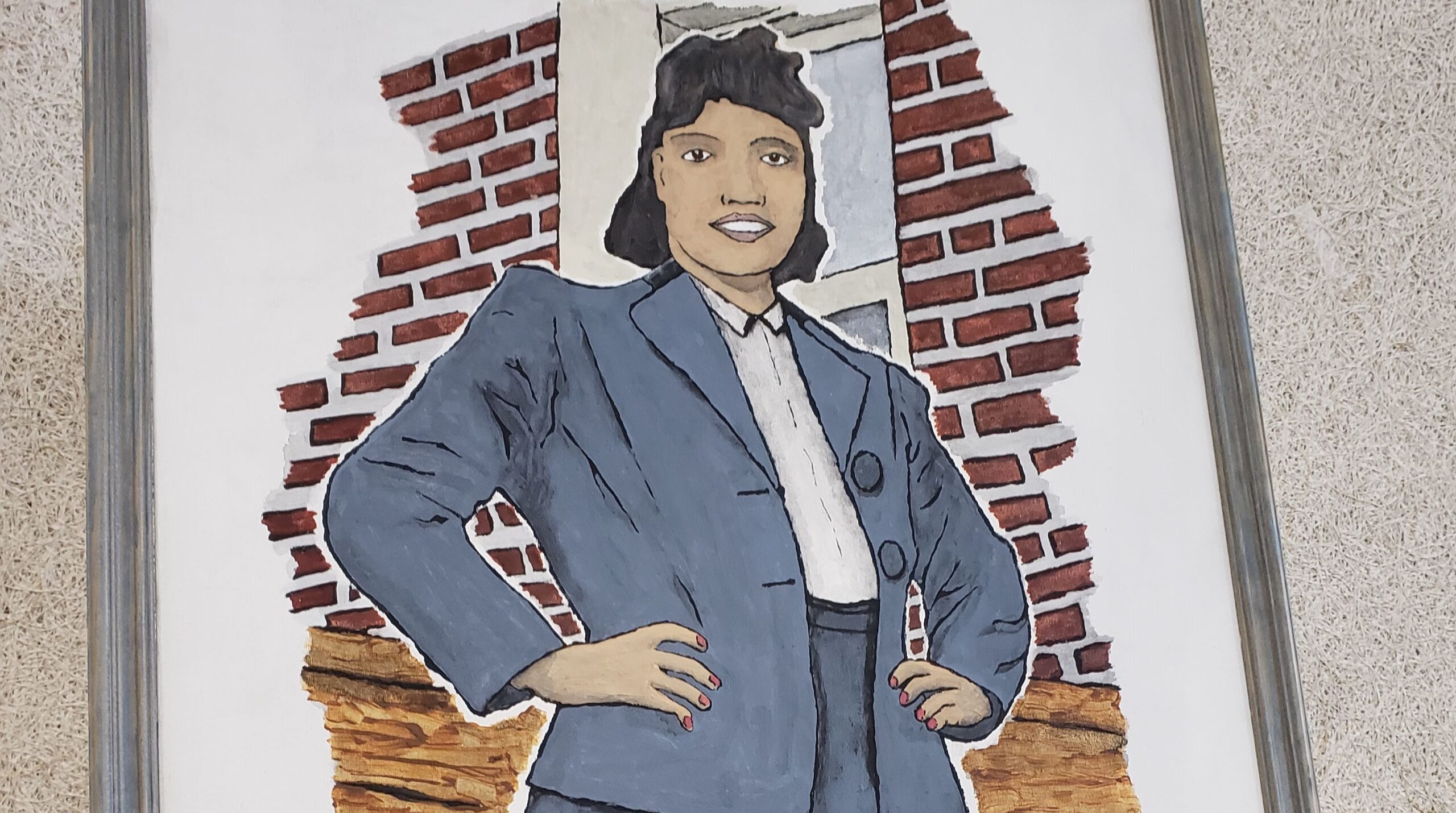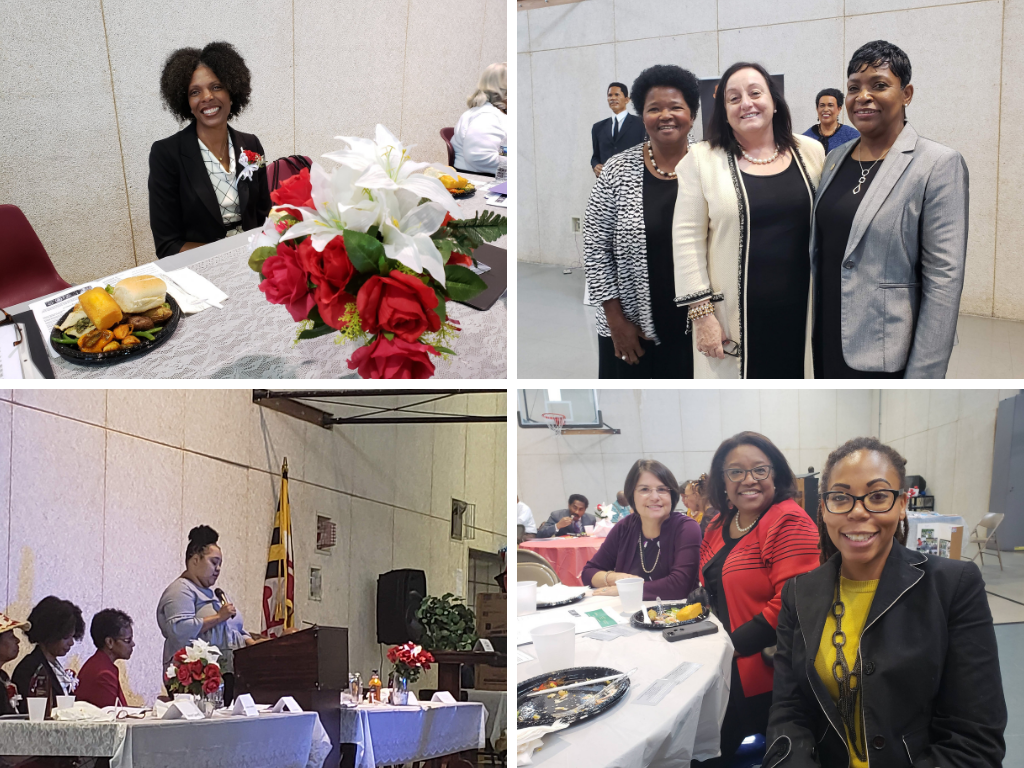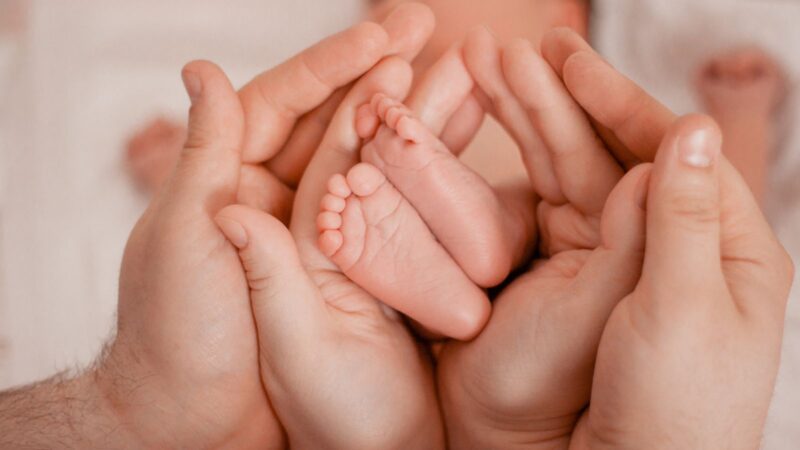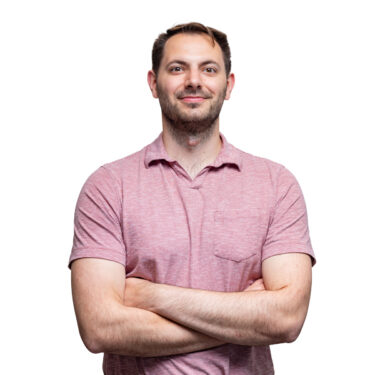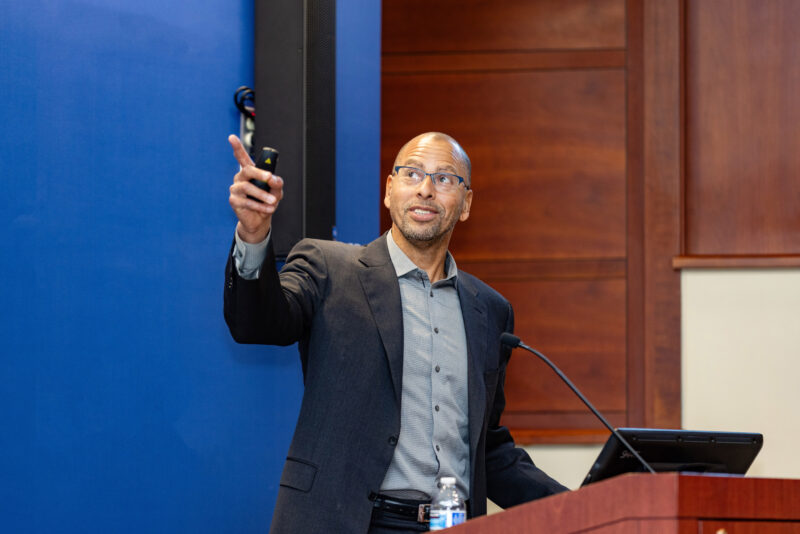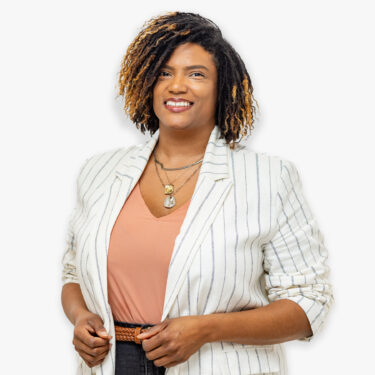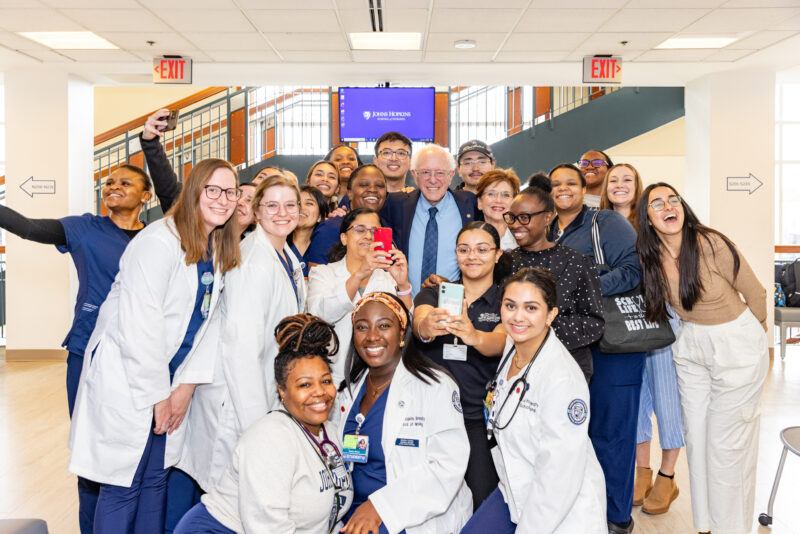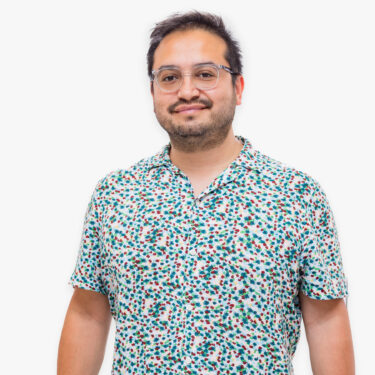By: Kamila Alexander, PhD, MPH, RN
Dr. Kamila Alexander was the keynote speaker for the Henrietta Lacks Legacy Group’s 3rd Annual Luncheon on Friday, October 5, 2018. This is her speech.
View photos from the 2018 Henrietta Lacks celebration
It is important that we take time to celebrate and honor the life and legacy of Henrietta Lacks.
When I received the invitation to come talk to the Henrietta Lacks Legacy Group, I was busily finishing up teaching my summer courses and preparing for my family’s annual summer vacation to the beach. I told my father, George Alexander, about this occasion and he perked up, telling me that he had been shocked to learn of the origins of HeLa cells. This was shocking because he had supported our family for the majority of his professional life selling scientific products.
He said, “I used to trudge from lab to lab; institution to institution selling HeLa cells to scientists. They were just a line item on an invoice, like a microscope, an agar plate, or the glass slides needed to view them. For that matter, it was like the scientists were ordering a mop or a broom – just another item needed for their lab to function.”
Henrietta Lacks, a mother of five, a sister, a daughter, and former farmer, was invisible to my father as well as to the thousands of scientists whose intellectual and research pursuits were based on her unseen sacrifice. The relative invisibility of her life before Rebecca Skloot’s 2009 book, The Immortal Life of Henrietta Lacks, should be a lesson for all of us. The loss of her life at a tragic early age was not only a loss for her family and community, but the loss highlighted an unfortunate reality for our society. We failed as a community, as a health care system, and as scientists to acknowledge Ms. Lacks’ fundamental personhood. Historically, we rendered her, and so many unnamed persons like her, invisible.
To be invisible is an inability to be seen; not visible to the eye. Ralph Ellison’s nameless main character in his award-winning book Invisible Man described his perception of invisibility.
He said, “I am invisible, understand, simply because people refuse to see me. Like the bodiless heads you see sometimes in circus sideshows, it is as though I have been surrounded by mirrors of hard, distorting glass. When they approach me they see only my surroundings, themselves, or figments of their imagination, indeed, everything and anything except me.”
This character’s representation of a Black man’s experience in the 1930s provides insight into issues that mark our lives today. It highlights two central questions that underpin my personal and professional life:
- What can we do in our daily lives to make the invisible, visible?
- How can that visibility ensure that individuals have what they need, and that communities are able to thrive?
First, what is visibility?
Henrietta Lacks’ short life at a glance seems full of challenges and tragedies. Henrietta’s mother died when she was very young and Henrietta was sent to live with her grandfather in the slave quarters of her white ancestors—that may have been traumatic. Becoming a mother during her early teen years—that could have been a challenge. Uprooting her family from rural Virginia to move to Baltimore, joining millions of other black families in the Great Migration—that might have been difficult.
These experiences also likely shaped her personhood, the quality or condition of being an individual that is foundational to one’s well-being. When her cells were taken from her without permission and given away to support scientific discovery without proper attribution, the invisible contributions from her family, from her community, were erased.
Baltimore City is the only place I have practiced as a nurse. After making this city my home for the past 18 years, I feel the weight of that erasure almost on a daily basis. As I prepared my children for school in our East Baltimore home, I watched children and parents walking to our neighborhood school. I thought to myself, how would our lives be different if Henrietta Lacks’ immortal cell line had been attributed to her and her family? Would the effects of the redlining around my neighborhood continue to run so deep with the knowledge that this amazing Black woman had transformed science? What if Henrietta Lacks’ contributions were recognized through the creation of programs celebrating science and discovery? What if these very schools knocked down the doors of my father’s employer to gain access to HeLa cells, could they have transformed biology classes that serve Black and Brown children across Baltimore City? But in reality, 13% of high school students in Baltimore left school without a diploma in 2017. It is a crisis. And those students continue to be invisible.
As a public health nurse, I am reminded of many individuals that influence the focus of my research today. I spent many hours counseling a scared 65-year old woman who had contracted HIV as a result of a rape; she was worried about falling in love with a new, loving partner. There was a young adult woman who returned to our clinic every couple of weeks with a new sexually transmitted infection, bruises on her arms, and afraid she might be pregnant. Then there was an 18 year old young man who had been exposed to so much violence in his neighborhood and his home that he needed large amounts of marijuana to cope—even though he desperately wanted to complete a job training program run by the city. Many of our lives have been touched by people like my patients who needed help. These are the stories of the nameless individuals we walk past every day, invisible, because our own lives are too busy to notice they exist.
These stories inform my current research and teaching. I try to create opportunities that nurture one’s personhood. Much like the life of Henrietta Lacks, these individuals I have interacted with as a nurse are often visible for a moment but their potential and contributions fade into invisibility. These experiences have led me to examine the ways I conduct my work, the types of dialogues I engage in, where I seek to make an impact.
These people raise the question, “How can my work add visibility to those rendered invisible?”
As a nurse scientist, I see that my work aligns with the values of the Henrietta Lacks Legacy Group, focused on promoting health equity through building healthy relationships and community partnerships. Central to these goals are finding ways to recognize the connection among the values integral to those fighting to support individuals, families, and the overall public’s health.
When I moved from Dallas, TX to attend Howard University at the insistence of my parents who graduated from Historically Black Colleges, the lessons from my southern upbringing forged pathways that I never could have anticipated. Now I do recognize that Texas is technically the southwest, but my parents grew up in Alabama and South Carolina, descended from persons brought here to provide free labor to advance the economic prospects of white southerners. So I still claim my southern roots as the foundation for the way I view the world.
As a young child I remember asking my father the names of all the people he waved to or greeted while riding in a car or walking into a store. He had no idea of their names, but knew that acknowledging another person is a friendly gesture that can make you and the other person smile. At the time, I just followed along but that practice has stuck with me. Fundamental to recognizing another’s personhood, I have found, is a simple greeting and a smile. No matter where you are or the situation you are in, this makes a difference in how we approach the important work of enhancing the lives of Baltimore families.
In my work, I focus on understanding the ways our social environment affect health. The social fabric of communities are influenced by belief systems, and sometimes includes neighborhood and intimate partner violence, substance use, and unwanted sex. My research team (mostly students that come from all walks of life and diverse races and ethnicities) is an incredible asset to achieving our community-based research goals. We go to WIC clinics and job training programs to talk with young women and men who have left school early. Some of them have been marked by the criminal justice system and most, if not all, want to take care of their health and the health of their families.
Unfortunately, students often arrive to Baltimore scared by news reports and safety messaging from our University. But the lesson from my father is one that I share (and practice) with everyone on the team. Greetings, learning names, and smiling make a difference whether walking down the street in East Baltimore or entering an organization. It doesn’t matter what you look like because we are grateful to spend time hearing the incredibly powerful stories from the residents of our city. That is, in one small way, how each of us can make the invisible visible.
As a behavioral scientist and nurse, I also model the importance of using person-centered language. For example, when discussing violence, we often make the person experiencing the violence invisible by labeling them a “victim” or we ignore the likely trauma that has occurred in many people’s lives by identifying them as “perpetrators or abusers.” Or when we describe people who use drugs, it is easy to call them “addicts” or “drug abusers.” But we distance ourselves from the person when our language only acknowledges their experience or behavior. It constrains the person to what they have done or experienced. Thus, I consciously apply labels carefully and thoughtfully by saying “a person who has experienced or used violence” instead of “victim” or “perpetrator” because each of these people is so much more than their actions.
My work with people experiencing life’s challenges involves ensuring that individuals feel seen. This is Henrietta Lacks’ legacy. We can’t start where we are today without acknowledging our past because people will inevitably bring you back there until they feel seen. Has that happened? Can we move forward?
Henrietta Lacks’ legacy is one that commands respect for personhood.
Henrietta Lacks’ legacy is about respect.
Henrietta Lacks is no longer just a line item or an immortal cell line. She, as a person, is a giant on whose shoulders I stand, as a scientist, as a mother, as a black woman. Her invisible life is now a visible testament to the promotion of social justice and encouragement of scientific discoveries that will preserve and lift up communities.
Her sacrifice humbles me daily.
Thank you.
This blog is a part of the “Dialogues in Health Equity” series by the Health Equity Faculty Interest Group. They are committed to decreasing health disparities experienced by local and global communities by promoting social justice and health equity through nursing practice, research, education, and service.
Henrietta Lacks
- Johns Hopkins to Name Research Building in Honor of Henrietta Lacks
- The Legacy of Henrietta Lacks
- The Immortal Life of Henrietta Lacks
Dialogues in Health Equity
- Safe Parents, Safe Baby, Safe Sleep
- Believe Me When I Say That I’m In Pain
- Wells We Did Not Dig, Fires We Did Not Build
ABOUT THE AUTHOR:
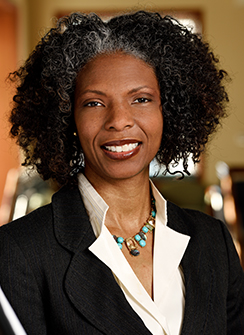 Kamila Alexander, PhD, MPH, RN uses health equity and social justice lenses to research the prevention of sexual health outcome disparities and the complex roles that structural determinants such as intimate partner violence, societal gender expectations, and limited economic opportunities play in the experience of intimate human relationships. Dr. Alexander is the co-leader of the Johns Hopkins School of Nursing Health Equity Faculty Interest Group.
Kamila Alexander, PhD, MPH, RN uses health equity and social justice lenses to research the prevention of sexual health outcome disparities and the complex roles that structural determinants such as intimate partner violence, societal gender expectations, and limited economic opportunities play in the experience of intimate human relationships. Dr. Alexander is the co-leader of the Johns Hopkins School of Nursing Health Equity Faculty Interest Group.
